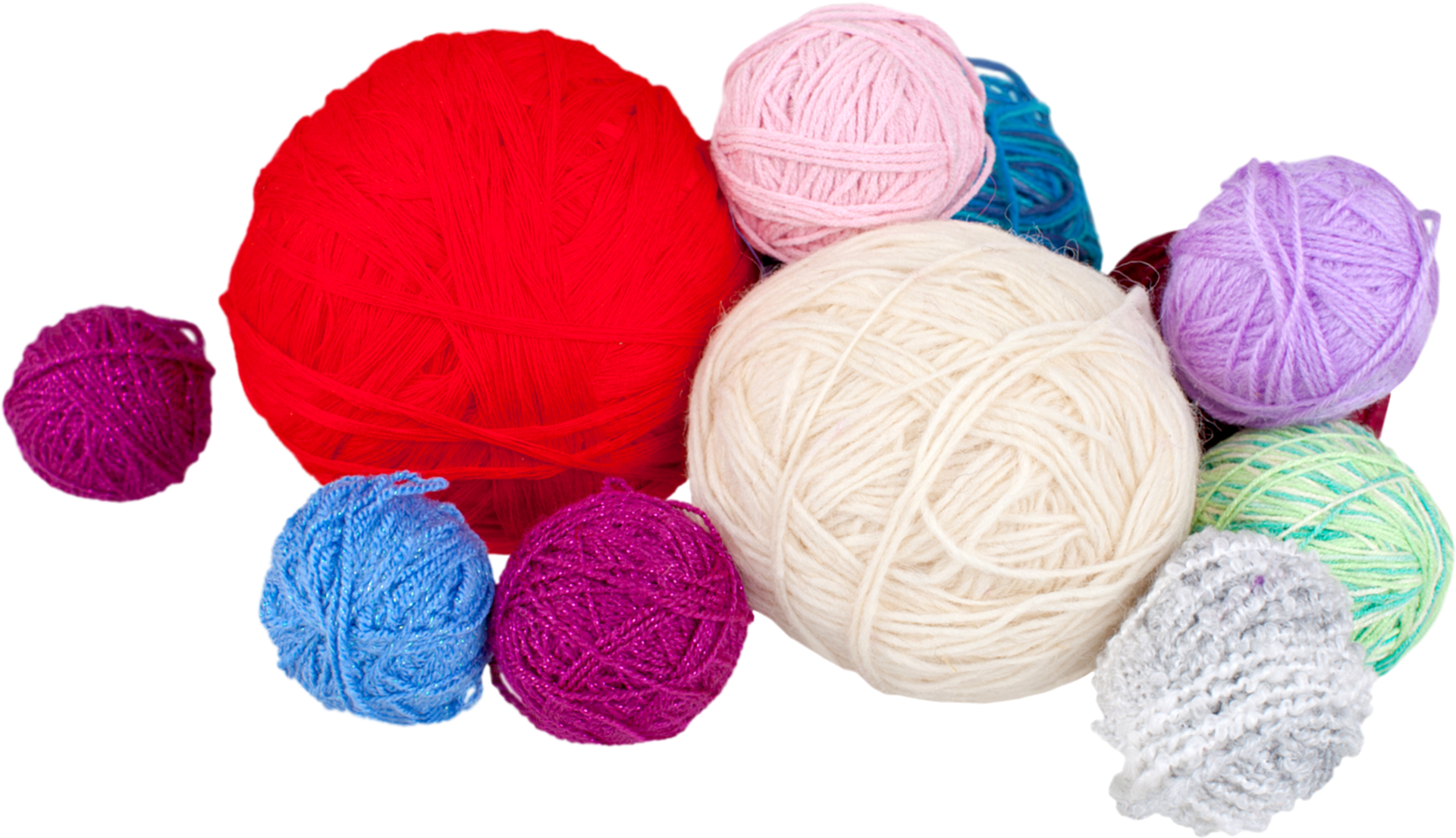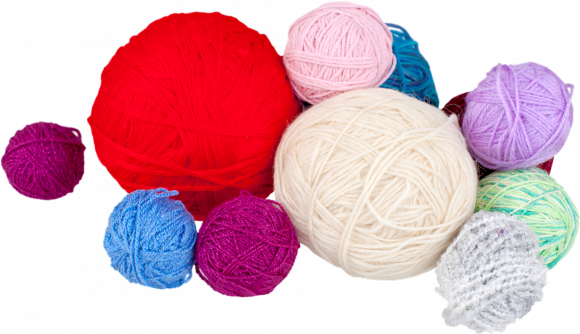Here are some basic instructions on how to knit for beginners.
While lots of people consider knitting outdated and something that only old people do, I am constantly amazed at how many people are knitting at the moment again or even learning to knit. It’s even gaining popularity with the men again.
Knitting is a wonderful craft and hobby to have, as you can relax and get your mind off all the worries of the day. Even sitting and knitting for a little while each day can relieve so much stress. Knitting is also very good for the brain as you get to work parts of it that you don’t often work, namely the creative side.
The great thing about knitting is that once you have learned how to do it, you can do it anywhere – from in front of the TV to waiting in the Doctors Rooms. In fact, the more that you do it, the more addictive it gets and the better you get at it.
I usually only get a chance to knit while I wait for my daughter to finish her extramural activities. Rather than waste time sitting waiting, may as well do something constructive – like knit.
How To Knit For Beginners
Beginners who are interested in knitting should follow these basic knitting instructions.
Practice with lightweight knitting needles and use lightweight yarn. This will help you with your accuracy and evenness, which will come right with a bit of practice. Knitting basically consists of an interlocking series of loops, which gives the fabric its characteristic elasticity.
Start with a basic garter stitch, and once you have mastered this, you can learn the more fancy stitches. When you knit garter stitch, just remember in, over, through and off. There are four steps to knit each stitch. Although it is slow going at first, as you practice, you will get faster and faster.
Casting On
Learning the art of casting on, is one of the most important knitting stitches you can learn. If you can’t cast on, then you won’t be able to start knitting as you need a base to work from.
To make a good strong cast on, all you have to do is make a slip loop over your left needle, then pass the right needle through the loop, from the left to the right. Take the yarn under and over the right needle, then pull the yarn through the loop and take it on the left needle, by pulling the left needle through the loop in the right to left direction.
You can repeat these steps to get the desired number of stitches on your left needle. When starting out, start off with 5 to 10 stitches just to practice with.
Here is a video that will explain the process of casting on more clearly for you.
Purl Stitch and Garter Stitch
Purl stitch and garter stitch are two of the most important and most common stitches required for knitting. The knitting instructions for the knit stitch are simple and easy to learn. After getting the desired amount of cast on stitches, you have to insert the right needle into the first loop on the left needle, in a left to right direction, with the yarn under and over the right needles.
Then draw the yarn and let the first stitch slip off, repeat the steps until no stitches remain on your left needles. To create the garter stitch, you have to repeat the plain knitting back and forth. This creates a work which is alike on both the sides.
This video is great at explaining how to knit for beginners.
To do the purl stitch, bring the yarn in front of the needle and pull the right-hand needle in the first loop, on the left needle, in the right to left direction. Passing the yarn around the back of the right needle, draw the loop backward to allow the stitch to slip. But always keep in mind that the yarn should be in front of the work. Purl is the opposite of garter stitch.
Once you master these two stitches, you can also try stocking stitch, which is one row of purl stitch and one row of plain stitch. This gives the knitting its characteristic jersey look that you always see in the shops.
Once you start practicing your knitting talents, you can even learn the increasing and decreasing method, or the different methods of binding off.
All these methods help you to create variations in your knitting projects.
How To Increase and Decrease Your Stitches
By following some simple knitting instructions, you can also learn how to weave the stocking stitch. Using a darning needle, join the ends of the piece. Draw the yarn through the first stitch on the upper piece, by inserting the needles from the wrong side. Then insert the needles from the right side of the lower piece in the first stitch.
By working in this manner you can weave the two pieces of the project using the stocking stitch. Just make sure that you fasten your yarn before breaking it off.
How To Cast Off
You will need to know how to cast off so that you can finish off your work.
Here is a video that will show you clearly how to cast off, or as some call it to bind off.
I trust this helped you on how to knit for beginners.
For more knitting tips or ideas on how to knit for beginners, you can click here.
Please feel free to comment below if you have anything to add.


Hello, I wish for to subscribe for this weblog to take hottest
updates, therefore where can i do it please help out.
Hi Brandon,
Thank you for your interest. This website is a work in progress at the moment, but I aim to add new content at least once a week.
I love your website! You’ve got some great videos on there as well – I have to say, because my grandmas knitted, I always used to associate it with something old-fashioned too.
However, a few of my friends are learning to knit and it really seems to be having a revival – your post is pitched just right in terms of this – easy to follow videos and making it accessible for all – so thanks! 🙂
Louise
Pleasure Louise and thanks for stopping by.
I have watched many people knit over the years and was very intrigued. Thought to myself and was curious how hard it would be to learn. Is it?
Not going to lie I would love to learn, Shush don’t tell my guy friends!
I am definitely going to bookmark your site, Maybe I will learn and I would be curious to learn how to profit from it but overall I think it would be fun!
Thanks for stopping by Salvatore. It is tricky at first, but with a bit of practice it becomes easier.
Hi Michel,
I love handicraft. Have been doing some quilling art sometime back. But I stopped as my eyesight is getting bad. Yes, age is catching up.
I wonder if knitting can be a better option to continue my love for handicraft. I have done a little bit of crocheting in my early years. Two options to consider now…
Happy Knitting!
Sharon
At least knitting is big and you can learn to feel your way with the needles. I know it is something that even the totally blind can do.